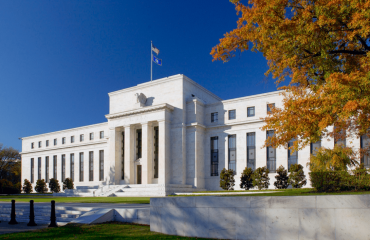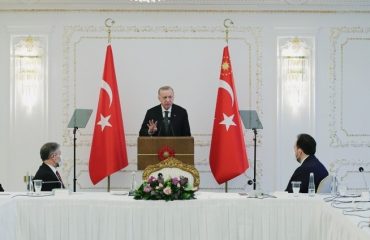

The Central Bank of Republic of Türkiye (CBRT) which sold foreign currency from its reserves to prevent the US dollar from appreciating further against the Turkish lira (TL) before the March 31 elections, is now buying US dollars from the market to prevent the TL from appreciating too much against the dollar.
The Central Bank of Republic of Türkiye (CBRT) which sold foreign currency from its reserves to prevent the US dollar from appreciating further against the Turkish lira (TL) before the March 31 elections, is now buying US dollars from the market to prevent the TL from appreciating too much against the dollar.
According to Central Bank data reported by Bloomberg HT, the CBRT sold 23.6 billion dollars to the market before the March 31 elections and has since bought 41.8 billion dollars from the market. Particularly in the past week, it was reported that the Central Bank purchased an average of 3 billion dollars daily.
A bank executive, who has facilitated significant investments in Türkiye, spoke to YetkinReport on the condition of anonymity, claims that their simulations suggest that without the recent dollar purchases by the Central Bank, the exchange rate would be around 27 TL per dollar instead of approximately 32 TL.
The same source believes that investors have been shifting from dollar accounts to TL accounts, and this flow accelerated after the March 31 elections following the commitment to continue with the Medium Term Program (OVP) implemented by Mehmet Şimşek.
CBRT intervention, the FOMO effect on TL trends
Ankara has two main reasons for not wanting the dollar to depreciate against the Turkish lira: to accelerate the transition from dollars to TL through high TL interest rates and to protect the competitiveness of exporters in foreign markets.
There are two reasons emphasized for the current outlook.
One is the Value at Risk (VAR) effect, which is considered a barometer of uncertainty or risk, attracting passive funds to Türkiye with the decision to continue the OVP. For the same reason, Türkiye’s Credit Default Swap (CDS) also decreased.
The other reason is the “FOMO effect,” where active investors have started switching to TL investments. FOMO stands for “Fear of Missing Out”; it can be described as the effect of not wanting to miss the opportunity. It is estimated that investors who did not switch to TL lost about 10 percent in dollar terms compared to those who did over the last three months.
Banking sources believe that some of the investors who switched to TL accounts are individuals or companies that had taken their money abroad due to economic uncertainties in Türkiye over the past few years.
Risk thresholds in June and July
Despite this outlook, banking sources argue that risks to the sustainability of the TL trend persist.
For instance, it is claimed that while turnover in the economy has increased by nearly 100 percent in the last year, this makes the figures appear brighter than they are, but the increase in sales volume has remained at one-fourth of this.
In terms of the continuation of the OVP, June and July will be important months regarding certain risk thresholds.
In June, the general assemblies of state-owned banks will determine whether there will be changes in management and policy. It will also be decided whether Türkiye will be removed from the OECD’s Gray List, which is considered a barrier to investment.
In July, the Public Procurement Law and the Tax Reform Package need to be approved before Parliament closes. In this context, it will be particularly important for Treasury and Finance Minister Mehmet Şimşek to convince the AKP’s parliamentary group.
The trend of TL in investments seems to have accelerated as President Tayyip Erdoğan did not backtrack from the OVP despite the disappointing result on March 31, but risk thresholds need to be taken into account to prevent the momentum from reversing.


